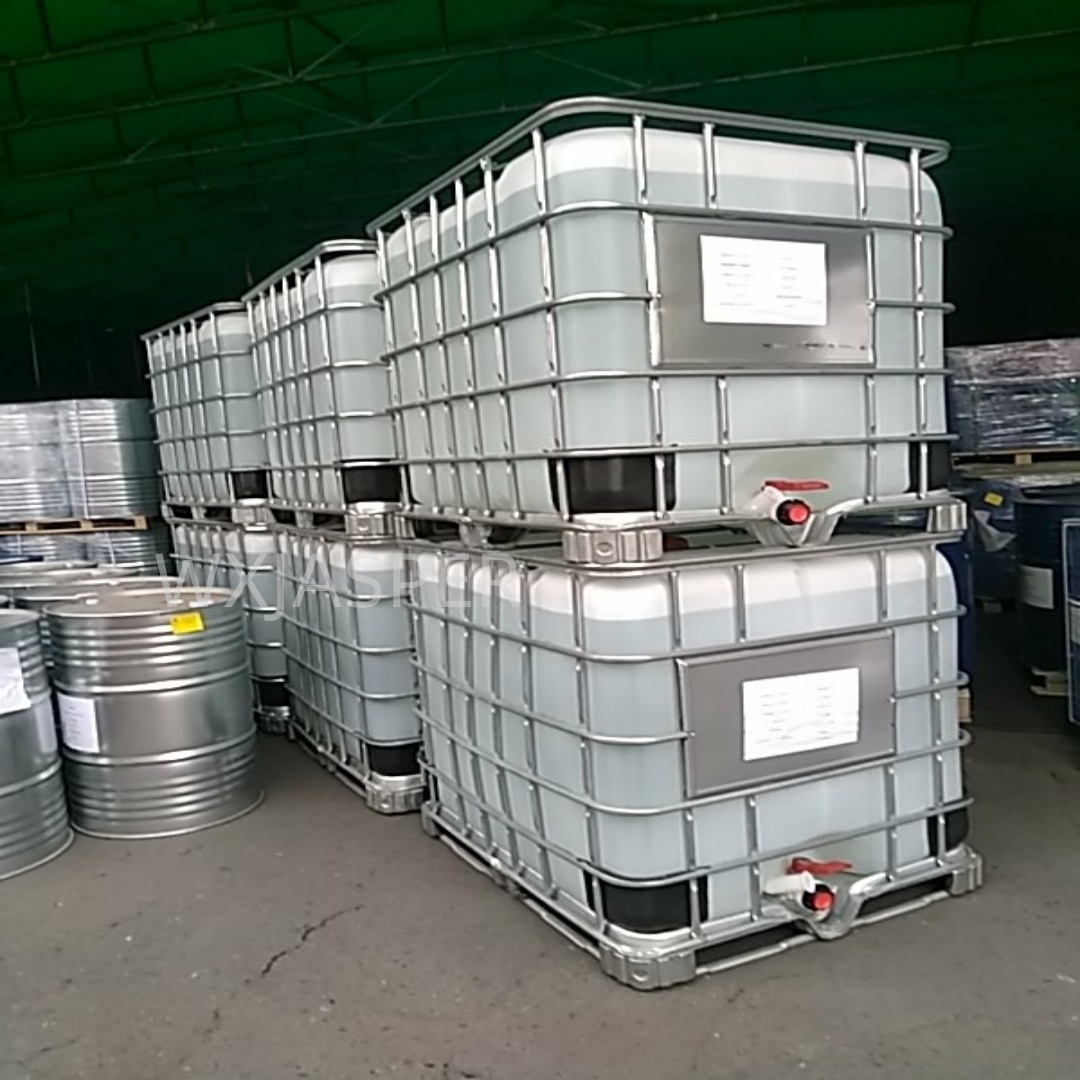Your Location:Home > Products > Solvents > 2-(2-Aminoethylamino)Ethanol



CasNo: 111-41-1
MF: C4H12N2O
Appearance: liquid
Delivery Time: 15 days
Packing: 1BC/drum
Purity: 99%
Basic Information
|
Model NO. |
111-41-1 |
Appearance |
Liquid |
|
Color |
White |
Purity |
99% |
|
Sample |
Available |
Specification |
1BC/drum |
|
Grade Standard |
Industrial Grade |
Origin |
China |
|
Transport Package |
Drum |
|
|
Product Description
Product Name:2-(2-Aminoethylamino)ethanol
CAS No: 111-41-1
Molecular formula :C4H12N2O
Form: Liquid
Product Application
Surfactant & Corrosion Inhibitor: Key intermediate for fabricating amphoteric surfactants (betaines) used in personal care and as effective corrosion inhibitors, especially in metalworking fluids and oil/gas industries.
Curing Agent for Epoxy Resins: Serves as a reactive, low-viscosity curing agent and crosslinker, providing good adhesion and chemical resistance.
Gas Treatment (Acid Gas Scrubber): Used in formulations to absorb acidic gases like CO₂ and H₂S in natural gas processing and refinery operations.
Pharmaceutical & Chemical Intermediate: Important building block for synthesizing various pharmaceuticals, agrochemicals, and chelating agents.
Packaging
IBC (1000L) drums